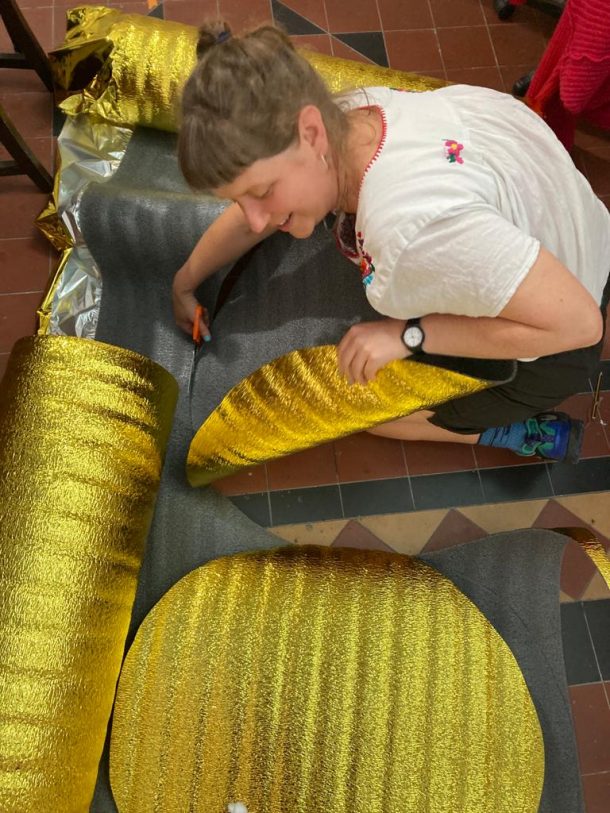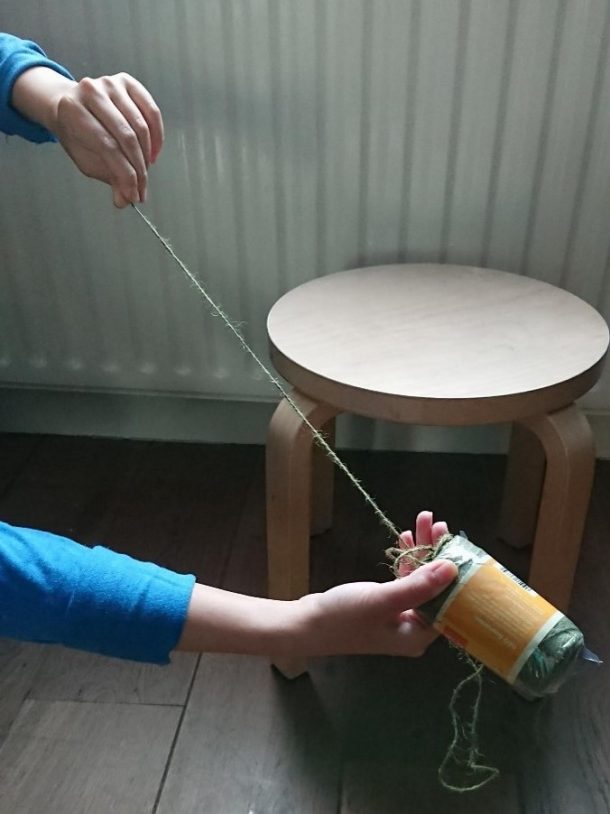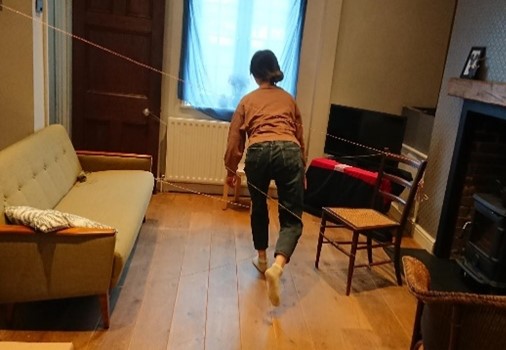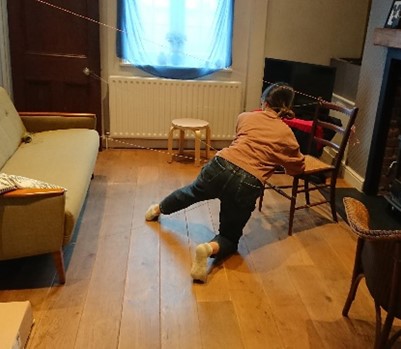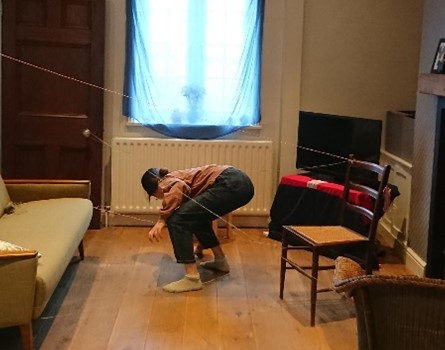Last week Britain celebrated National Play Day. What a great excuse for the V&A Museum of Childhood team to go out to play and get creative with children and young people, which is what we love doing anyway (find out more about the recent work of the V&A Museum of Childhood).
We think play is so important; not just for having fun, but play also helps us learn how to collaborate, practice creative skills and use our imagination. So for National Play Day, we were out and about in Tower Hamlets, London, building obstacle courses using giant building blocks with children attending a holiday play scheme. Designer James Sale (from Play Build Play) came and joined in.
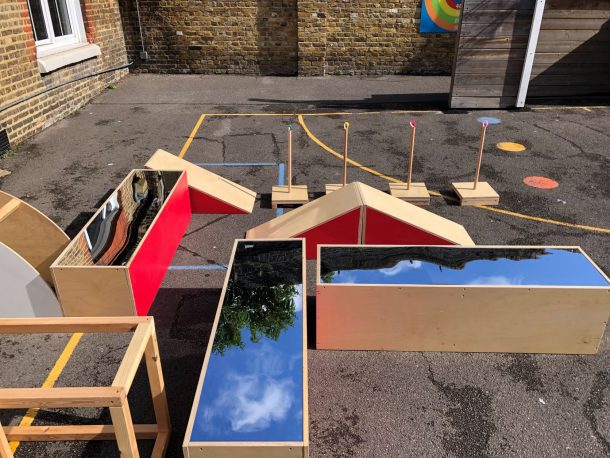
Introducing Play Build Play
Play Build Play are Eva Freeman and James Sale. They design playful environments by collaborating with the people who use them, especially children. Their designs often include loose blocks and pieces that you can move around or put together in any way you want. For example, Eva and James designed the wooden blocks in the picture above; our Co-DB kit, which we used to build obstacle courses with children on National Play Day.

We asked Eva and James why they think playing with blocks and loose parts is important. They said:
Loose parts allow us to create our own play experiences. The Co-DB kit is inspired by classic play blocks; simple shapes can be positioned in many different combinations and create flexible environments for playing. We’ve scaled them up and chose materials carefully.
In the V&A Collection
We were lucky to be taking part in the Tower Hamlets summer Play Scheme, but you don’t need to have access to a large outdoor space or special equipment to build imaginative structures. You can make your own at home!
Do you like playing with building blocks? In the V&A collection, we have some examples of toys with loose parts. They can be put together in so many different ways, and with your imagination, they can be made into whatever you want – a house, a car, an alien, or an abstract sculpture.
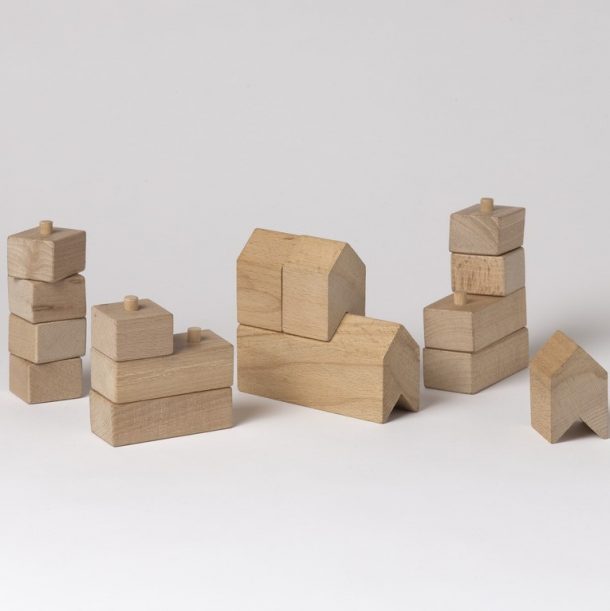
Building bricks , British, 1960s 
Photograph (boy with Playplax set) by Alec Brooking, British, 1975 – 85
Living Room Obstacle Course
Let’s try using the spaces we have around us at home to create something using our imagination.
Inspired by Play Build Play, today we will create an obstacle course at home using simple materials. You don’t need a big space: your living room, bedroom or kitchen will work well!
We asked Play Build Play for some top tips. They said:
A great obstacle course is one that gets you moving your body around a space in as many unexpected ways as possible. What can you hear when you are close to the ground? What does that feel like against your skin?
But first, don’t forget to warm up! Touch your toes, stretch your arms as high as you can into the air and swing your arms out in a circle.
Now we’re ready to go.
Sting Laser Maze
You will need: Just some string!
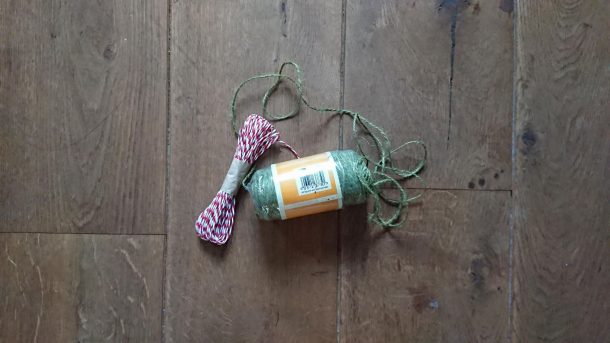
Decide the starting point and the goal in one room. If you want to move the furniture to make more space, make sure you ask for your adult’s help.
Construct your maze by tying your string around furniture in your home. Try doorknobs, chair legs or other heavy furniture.
Our top tip is to use a bow knot. This is important so when you touch the string whilst playing in the game, the string comes off easily instead of knocking down any furniture!

Now pretend to be a spy or a great thief, trying to reach the treasure without activating a laser alarm system!
Why not try using masking tape instead, and make a maze where you can only walk on the lines? Or go tiny and make an obstacle course for miniature toys. Challenge your friends and family to pick a toy, and hold a competition to see which toy can go through the course fastest!
Share what you create with us by tagging @MuseumChildhood.
And don’t forget that the V&A Museum of Childhood is currently closed, but you can keep in touch by signing up to our newsletter.
